- January 26, 2025
-
-
Loading

Loading
 Courtesy image
Courtesy image
What would Aunt Marie think?
That was a burning question in Sarasota after Marie Selby Botanical Gardens announced a $92 million project in 2017 to build a new welcome center, parking garage and state-of-the-art research facility on its 15-acre waterfront property.
Selby bequeathed her former home and property for the "enjoyment of the general public" in 1973. As her legacy, now a living museum, celebrates its 50th anniversary and Phase 1 of its master plan prepares to open in January, it's a good time to take stock of Selby's gift and how it has been transformed by its stewards.
Next to Bertha Palmer, a Chicago socialite who helped develop Sarasota in the first decade of the 20th century, it is safe to say that no other woman has exerted such an enduring influence on Sarasota's history as Marie Selby.
Unlike Palmer, who had made a name for herself in Chicago as the wife of the developer of the famous Palmer House hotel and the president of the Board of Lady Managers of the World Columbian Exposition of 1893, Selby was relatively unknown when she came to Sarasota as a young bride.
Together with her oilman husband William Selby, Marie built a modest Spanish-style house among banyan and laurel trees in Sarasota in the 1920s. That two-story stucco building contains a café whose seating area functions as a museum of sorts about Selby.
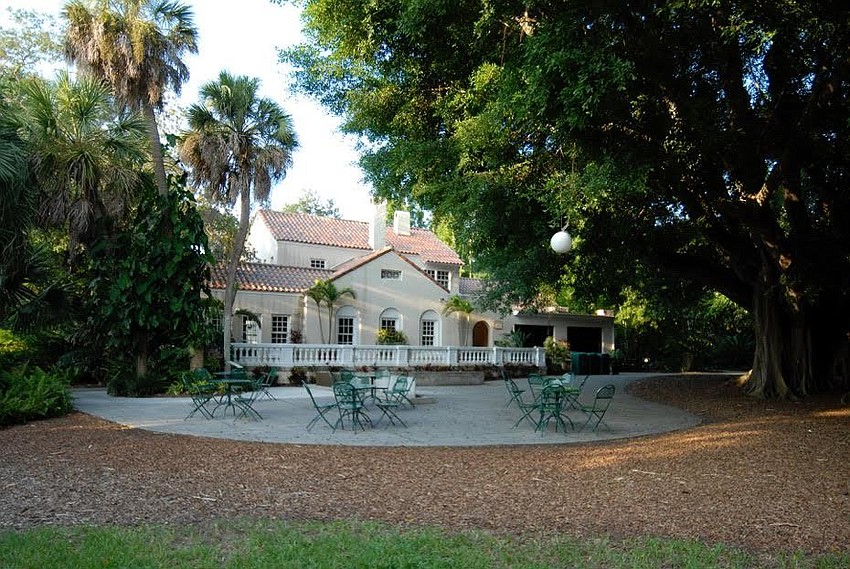
Born Mariah Minshall in 1885 in West Virginia, Selby was raised in Marietta, Ohio, where her father studied geology at Marietta College and invented parts for the oil industry, which was still in its infancy. Selby met her husband, William Selby, in Ohio, where he was working with his father at a family-owned oil business later sold to Texaco.
Before settling in Florida, Bill and Marie Selby took what was at the time an adventurous sojourn across the U.S. by automobile in 1909. Historical accounts credit Marie Selby with being one of the first women to make the cross-country trip by car.
In Sarasota, Marie Selby cultivated her love of nature, becoming a charter member the Founders Circle, the predecessor to the Sarasota Garden Club. The first president of the Founders Circle, established in 1927, was another important Sarasota woman: Mable Ringling, wife of circus magnate John Ringling.
The pictures of Marie Selby that hang in the Selby Gardens café show her with her dog, her horse and her car. Marie and Bill didn't have any children, which may be why the valuable — and later controversial — piece of Sarasota property didn't remain in the Selby family.
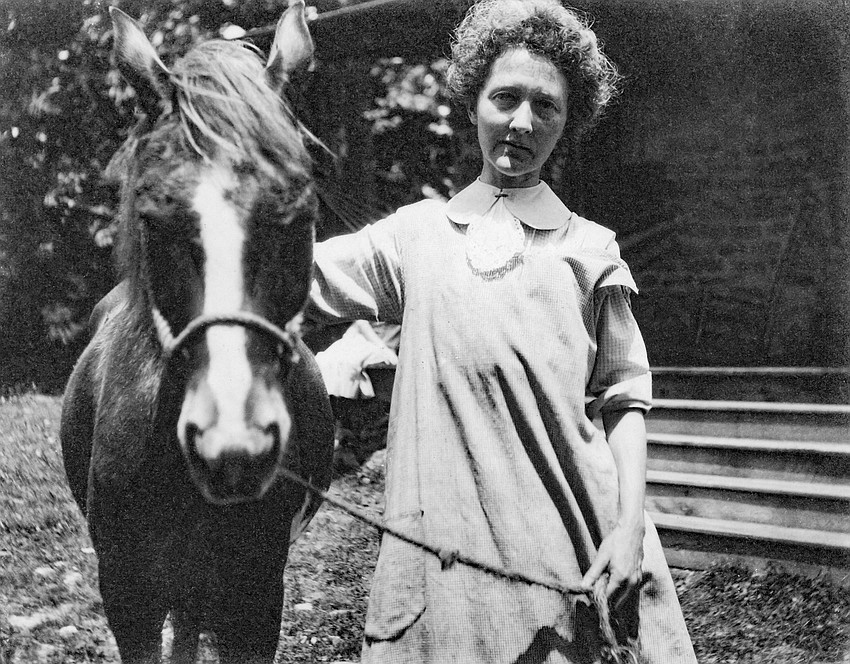
It's also why her grand-nieces and grand-nephews, not her grandchildren, rose to the occasion (presumably with encouragement from Selby Gardens' management and board) when neighbors and other objected to expansion because it would increase traffic and noise in the area.
Not long before the city of Sarasota's Planning Board was due to hold a public hearing on Selby's master plan proposal in September 2019, a letter was released that was signed by eight of Selby's closest living relatives.
“Everyone is entitled to an opinion, and as a trailblazing woman, Aunt Marie often shared hers,” the letter stated. “But we respectfully request that community residents express their own personal opinions and not belittle Aunt Marie’s memory by implying that they know what she would or wouldn’t think.”
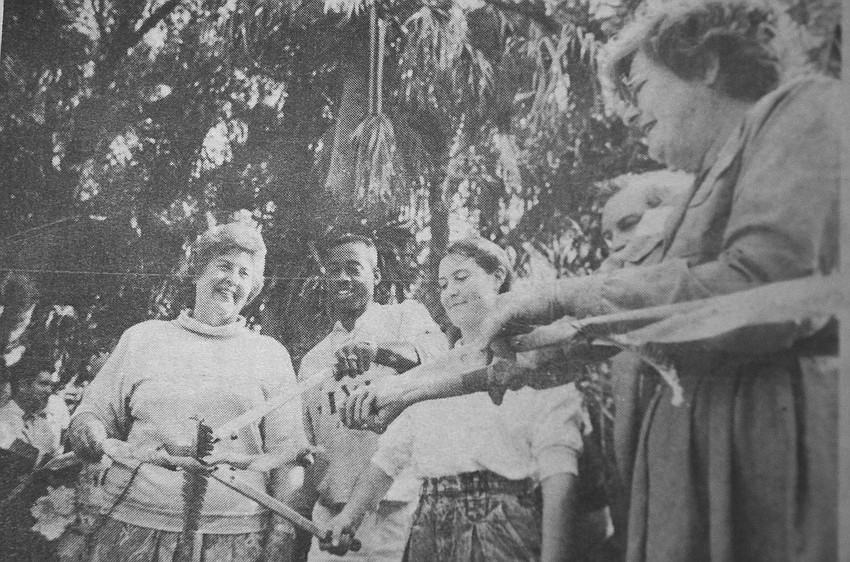
According to the letter, Marie Selby "would have been thrilled” by the master plan for Selby Gardens.
Why?
Her "legacy was about saving as much Sarasota waterfront as possible and finding ways to make it as accessible as possible,” the letter states.
Jennifer Rominiecki, who has been president and CEO of Selby Gardens since February 2015, roundly agrees. "Marie would be pleased with what's happening at Selby Gardens," she says.
Before joining Selby, Rominiecki held managerial positions at such cultural institutions as The Metropolitan Opera and the Solomon R. Guggenheim Museum in New York.
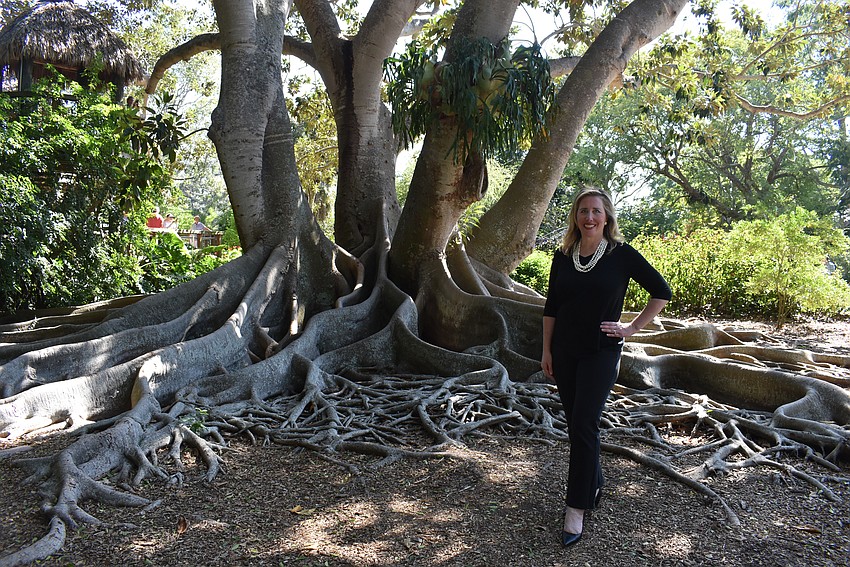
Under Rominiecki's leadership, the gardens' influence has been amplified. Today, Selby Gardens has 75 employees and 800 volunteers who contribute a total of 1.6 million hours annually.
According to Rominiecki, the biggest change that she has made during her tenure is repositioning the destination as a "living museum" to encourage repeat visits. Before, she says, "People would say to me, 'Oh, I've been to Selby Gardens. It's beautiful,' as if they didn't have a reason to come back."
The introduction of rotating art exhibits and live performances has resulted in huge gains in the number of members and visitors, both of which have more than doubled, says Rominiecki. "There's always something new to see," she says.
Last season's exhibits of Tiffany glass and the artworks of John Pirman both received national acclaim and helped attract new visitors to the gardens.
As part of its 50th anniversary celebration, Selby is presenting "Yayoi Kusama: A Letter to Georgia O'Keeffe" from Feb. 11 through June 30, 2024. The exhibition will explore the mentor role O'Keeffe played for the Japanese artist, now 94.
Another crowd pleaser in the 50th anniversary lineup was a performance by writer, performer and visual artist Patti Smith on Nov. 15. Smith was previously named Selby Gardens’ inaugural Artist in Residence. She will return again in 2024.
One constant through Selby Gardens' history has been orchids. Since its formation in 1973, the property has housed the largest scientifically documented collection of living orchids in the world.
This year's Orchid Show, which runs through Nov. 26, highlights specimens from Selby's world-renowned collection of 4,400 orchids, 3,500 bromeliads, 900 aroids, 460 ferns, 240 gesneriads and 3,400 other "accessions." That's the scientific term for a group of related plant material from a single species collected at one time from a specific location.
The increase in the number of visitors and the need to weatherproof Selby Gardens' precious collection in the face of climate change are part of the rationale for the institution's master plan.
To those who complained at public meetings and in letters to the editor that the new four-story parking garage will increase traffic, Rominiecki counters with the assertion that the garage and the new welcome center will ease congestion.
Selby Gardens hasn't just been building up since Rominiecki arrived; it's also been expanding outside of downtown Sarasota. In 2020, it adopted Historic Spanish Point as its second campus.
Home to burial grounds of indigenous people, Historic Spanish Point may be the "most archeologically valuable piece of land in Sarasota County," according to Visit Sarasota, the county's tourism agency. Located in Osprey, the site is also where Bertha Palmer made her winter home in the Sarasota area.
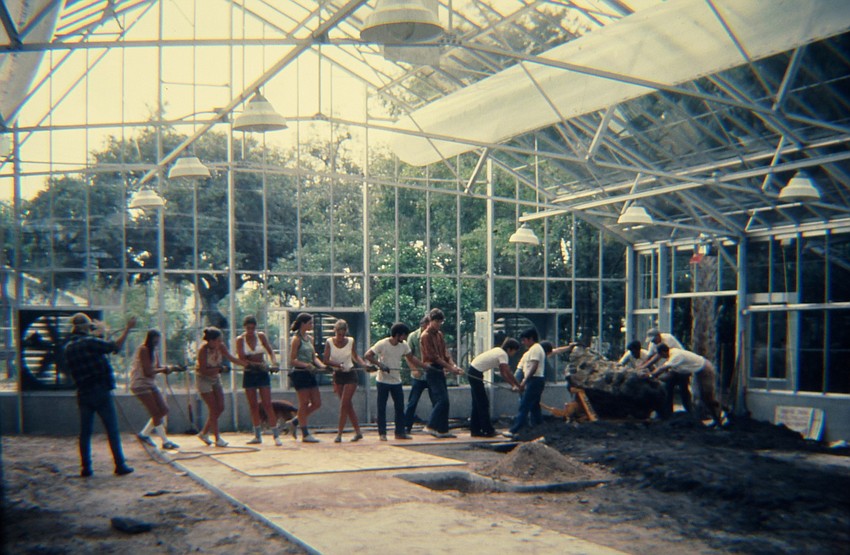
Similar to how large metal reproductions of John Pirman's signature Sarasota illustrations were displayed this summer at Selby Gardens downtown, photographs taken by iconic Florida photographer Clyde Butcher have were installed earlier this month at Historic Spanish Point. That exhibition runs through Aug. 31, 2024.
Fun fact: Selby Gardens recently announced that Phase One of its master plan will open on Jan. 11, 2024. That is also the day in 1960 that the Sarasota Garden Club met in its new Japanese-style building on land leased from the city of Sarasota.
Two years later, another Japanese-style structure was added and named for its donor, Marie Selby. Today the Garden Club is enclosed within The Bay, the waterfront park that opened in October 2022.
The echo in the dates may be nothing more than coincidence, but it serves as a reminder that an adventurous gardener-turned-philanthropist is still making her presence felt in Sarasota.